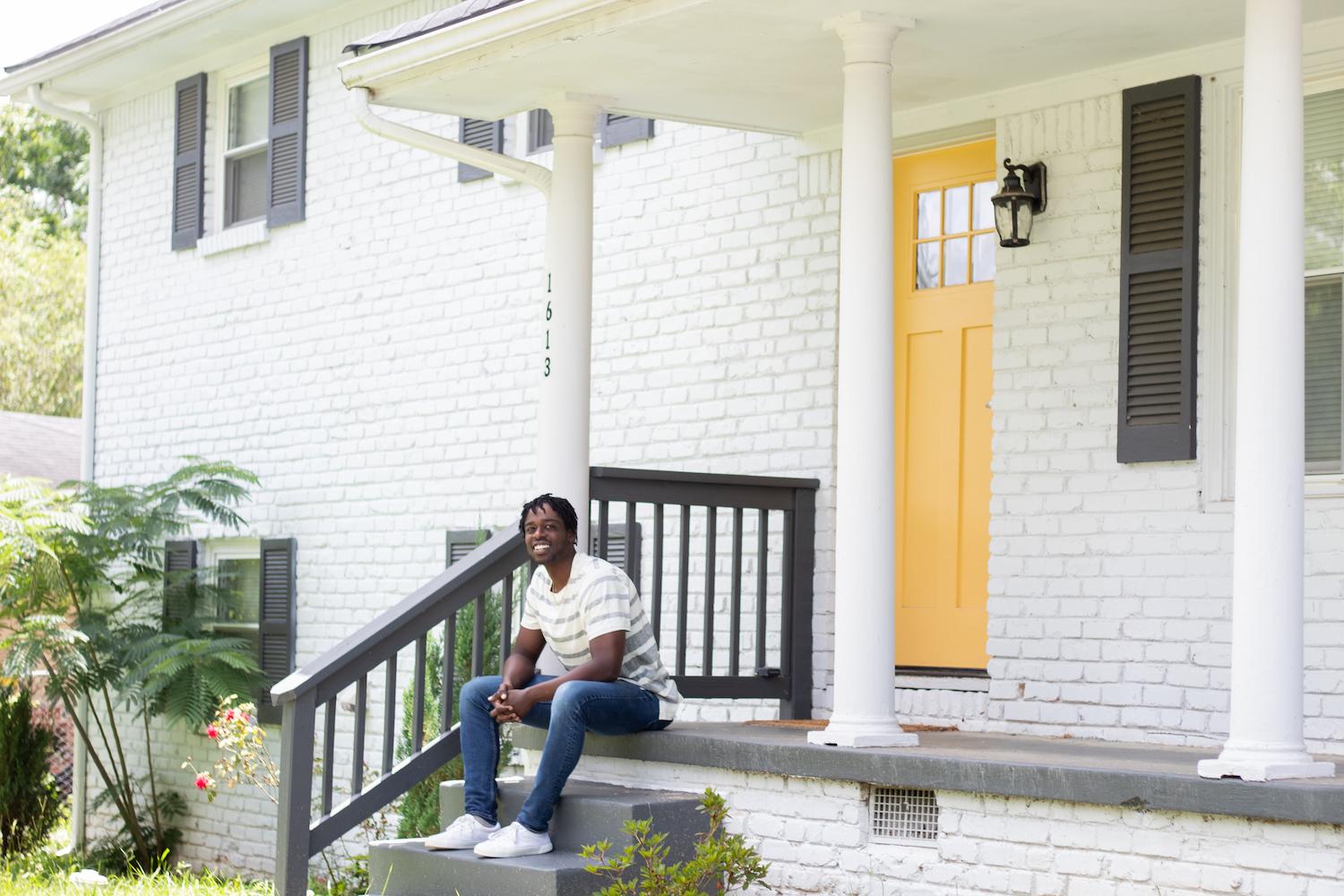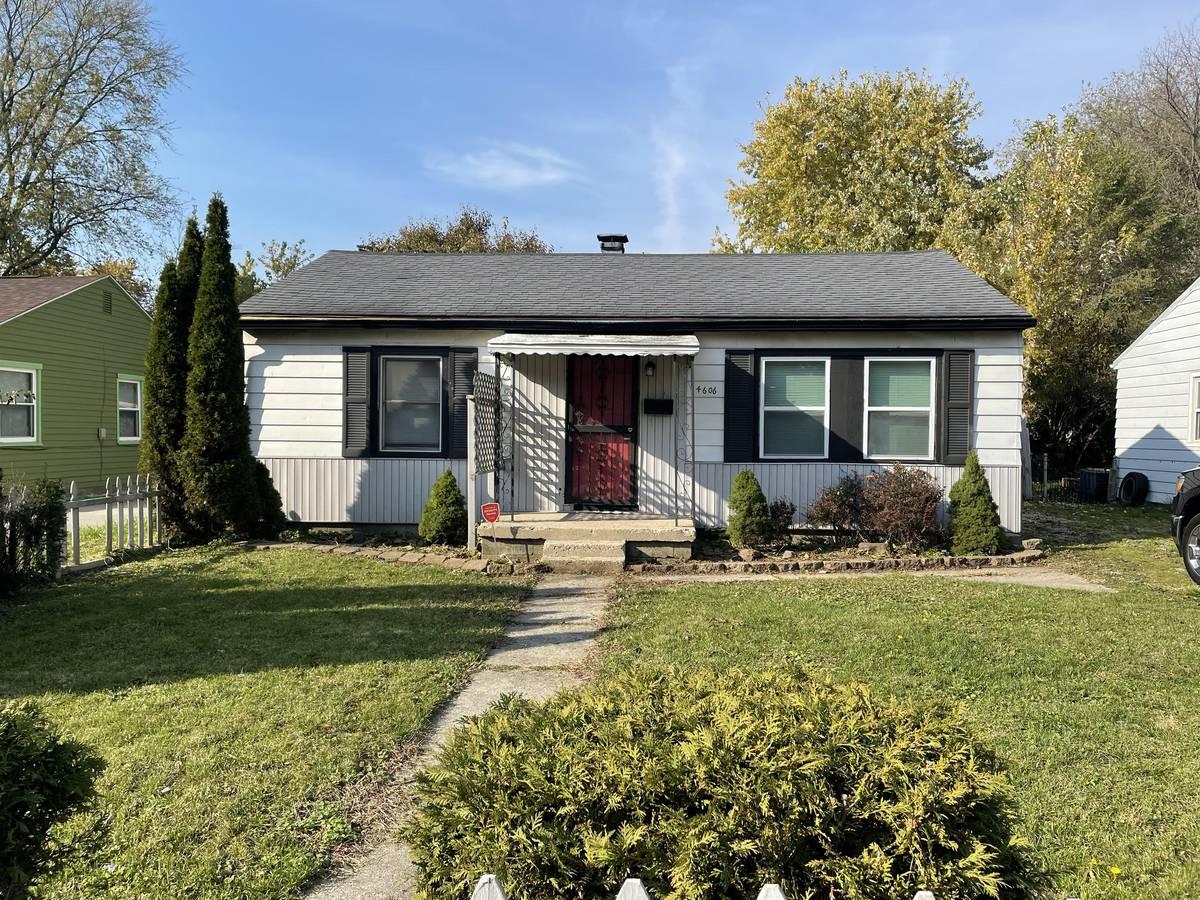I recently came across a comment on a LinkedIn post claiming that coliving, or renting individual rooms versus entire apartments, is too niche of a market to consider investing in. As someone who has been deeply involved in the affordable housing space for nearly two decades, I couldn’t help but dive into the data to challenge this notion. What I’ve discovered is a compelling case for the mainstream potential of this rapidly growing housing segment.
Let’s start with a bit of historical context. In 1940, a study by the Harvard Joint Center for Housing Studies found that approximately 16% of all U.S. households included a boarder or lodger. This statistic highlights the prevalence of room rentals in our country’s past. Over time, zoning restrictions and shifts in housing typologies have pushed this workforce population underground or into other living arrangements for a variety of reasons, including many discriminatory factors.
Fast forward to today, and the demand for affordable housing options is as pressing as ever. Current market conditions and demographic shifts are creating a resurgence in the need for shared living arrangements. Namely, the aging population is increasing as is the number of single-person households. In 2021, there were an estimated 36.2 million single-person households, representing 28% of all households. This trend is only expected to continue, with the National Association of REALTORS® projecting that single-person households will increase by 7.6 million between 2020 and 2040.
At the same time, the U.S. is grappling with a severe shortage of affordable housing. The National Low Income Housing Coalition reports a shortage of 7.3 million affordable and available rental homes for extremely low-income renters. This scarcity, coupled with rising housing costs and stricter qualification criteria for traditional rental options, has left a significant portion of the workforce struggling to find suitable housing.
Unfortunately, rising rental costs are making it untenable for even workers with moderate income levels to have many choices. The median income for single-person households in 2021 was $38,574, according to the Census Bureau. With the median monthly rent for a one-bedroom apartment in the U.S. at $1,295 as of June 2022, many single-person households can’t qualify for traditional rental options. Using the standard underwriting requirement of 3x the monthly rent, a single-person household would need to earn at least $46,620 annually to qualify for the median one-bedroom apartment. This means that approximately 61% of single-person households, or 22 million individuals, would not meet the income requirements for a traditional rental. That’s before we begin accounting for larger family groups that don’t qualify for traditional housing options.
These underlying economic realities are why the room is the new apartment. I’m clearly biased here, but coliving options like those offered by my company PadSplit offer a solution by providing affordable rents, with all-inclusive pricing often lower than $700/month and extremely low move-in costs (averaging just $265). This makes renting a room an attractive option for millions of essential workers, students, or fixed-income seniors who can’t qualify for traditional rentals. The lower barriers to entry and flexible lease terms offered in room rentals are a game-changer for millions of individuals seeking affordable housing. Don’t take my word for it, you can read our members’ own stories.
Given these trends, the potential for the coliving market is massive. Looking just at those 22 million single-person households who wouldn’t qualify for their own apartment and assuming a $700/monthly rental allowance, we’re looking at a $184 billion annual market before accounting for any other household sizes. This estimate demonstrates the significant potential for growth in the coliving market, especially as more individuals seek affordable and flexible housing options. Can 3D-printed tiny homes or accessory dwelling units be an option? Maybe, but the economics of new construction relative to the required rents still don’t pencil for most of these 22 million households.
Dismissing coliving as a niche market is a fallacy. It is a rapidly growing segment of the rental market that is well-positioned to meet the changing needs of American renters. As demographic shifts continue and housing shortages persist, the demand for shared living arrangements is expected to rise. After all, humans have been sharing housing since we lived together in caves, and it’s only in the last century that Americans started thinking everyone should be in their own houses. By recognizing the historical precedent of room rentals or shared housing and understanding the current market conditions; it becomes clear that coliving is much more than just a niche.
By adapting to the evolving needs of renters and addressing the barriers to entry in traditional housing models, we can create a more inclusive and sustainable housing ecosystem that benefits both individuals and communities alike. The coliving market is not a niche to be overlooked but rather a significant opportunity for growth and innovation in the real estate industry.
It’s time to challenge the status quo and recognize the potential of coliving as a mainstream housing solution. By aligning incentives and redesigning the process of procuring and paying for housing, we can remove unnecessary barriers and expand access to affordable housing options. The future of housing is evolving, and coliving is poised to play a significant role in shaping that future, just as it has in the past.
Sources:
[1] Joint Center for Housing Studies of Harvard University, “America’s Rental Housing 2020”
[2] U.S. Census Bureau, “Current Population Survey, Annual Social and Economic Supplement, 2021”
[3] National Association of Realtors, “Housing Market Forecast 2020-2040”
[4] National Low Income Housing Coalition, “The Gap: A Shortage of Affordable Homes”
[5] U.S. Census Bureau, “Income and Poverty in the United States: 2021”
[6] Apartment Guide, “Rent Report: June 2022”
[7] Calculation based on U.S. Census Bureau median income data and standard underwriting requirements



